With a rapidly evolving landscape of security challenges, institutions such as the Naval Postgraduate School – Center for Homeland Defense and Security (NPS-CHDS) located in Monterey, California, aim to shape the leaders of tomorrow. Emergency Response Specialist Oscar Coripuna was accepted into the NPS-CHDS Emergence Program, marking a significant milestone in his professional development, and equipping him with the knowledge and tools to implement effective organizational change within the Maryland-National Capital Region Emergency Response System (MDERS).
CHDS was established to cultivate a collaborative national cohort of emerging homeland security leaders by enhancing their skills with advanced proficiencies in organizational collaboration, policy formulation, and innovative strategies. In partnership with the Federal Emergency Management Agency (FEMA), CHDS offers a wide range of competitive programs that focus on assisting participants in developing the strategies necessary to combat, prepare, and respond to public safety threats across the United States. All programs are designed to foster and prioritize leadership development to reshape the perspective of public safety officials towards the intricacies of an evolving world and the multifaceted mission of homeland security.
The CHDS Emergence Program is a six-month online and network-based learning experience that includes two-week-long in-person classroom sessions. The program provides an educational forum that brings together a diverse group of local, state, and federal government professionals to delve into cutting-edge research, collaborative problem-solving, and interdisciplinary cooperation. A significant part of Emergence is an innovation lab used to research and construct ideas for change that participants brief to their agency leadership and implement to solve organizational challenges. The cohort consisted of 28 participants representing disciplines from law enforcement, fire/rescue/EMS, emergency management, public health, healthcare, and national intelligence. As a participant, Oscar was immersed in a dynamic environment exploring emerging homeland security threats and learning about various potential risks that will influence public safety entities to adjust.
During the first in-residence, the program covered a wide array of relevant topics, ranging from critical thinking, climate change, effective communication, artificial intelligence, cybersecurity, and risk management. Engaging lectures and thought-provoking discussions fostered a holistic understanding of current challenges facing our nation and the world. Oscar’s time in Monterey was transformative with the exposure to groundbreaking research and real-world case studies that broadened his perspective and sharpened his analytical skills. Collaborating with peers from diverse professional backgrounds enriched his learning experience, enabling him to gain insights and innovative approaches to problem-solving.
One of the most rewarding aspects of the program was the opportunity to work on his change initiative project for MDERS. Drawing upon the actionable feedback gained from the program, he is working on developing a comprehensive project continuity strategy that helps capture historical information and the status of MDERS initiatives to address knowledge gaps within the Operational Support Directorate. From refining the project continuity of MDERS initiatives to incorporating a formal transition process as a solution, every aspect of Oscar’s project was informed by the invaluable lessons learned at CHDS. Oscar believes that his residency in Monterey transcends the confines of the classroom due to the numerous lessons learned applicable to real-life emergencies.

Emergency Response Specialist Oscar Coripuna
“During the entirety of the Emergence Program, the opportunity to discuss strategies to combat current and future homeland security threats among like-minded professionals from around the nation was extraordinary. The insights gained from these discussions have allowed me to think critically about emerging public safety threats that can impact the Maryland-National Capital Region.”
As Oscar’s experience at the NPS-CHDS Emergence Program was empowering, he is eager to learn more about the resources and partnerships needed to tackle complex security challenges that are evolving. MDERS is proud to have Oscar represent the Maryland-National Capital Region (NCR) and commends his dedication to undertaking opportunities that enhance his expertise to better serve our stakeholder community. After his graduation in June 2024, Oscar is eager to incorporate the invaluable lessons from CHDS into his work to enhance response operations with regional partners in Montgomery and Prince George’s Counties
For more information on NPS-CHDS, click here.


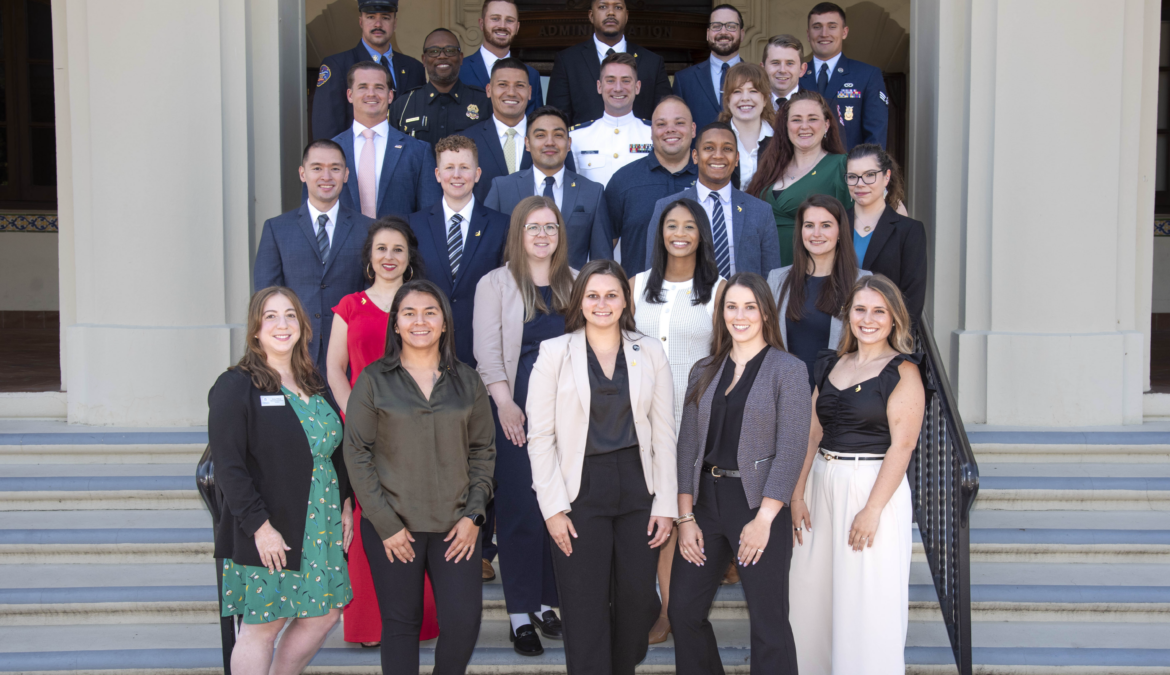
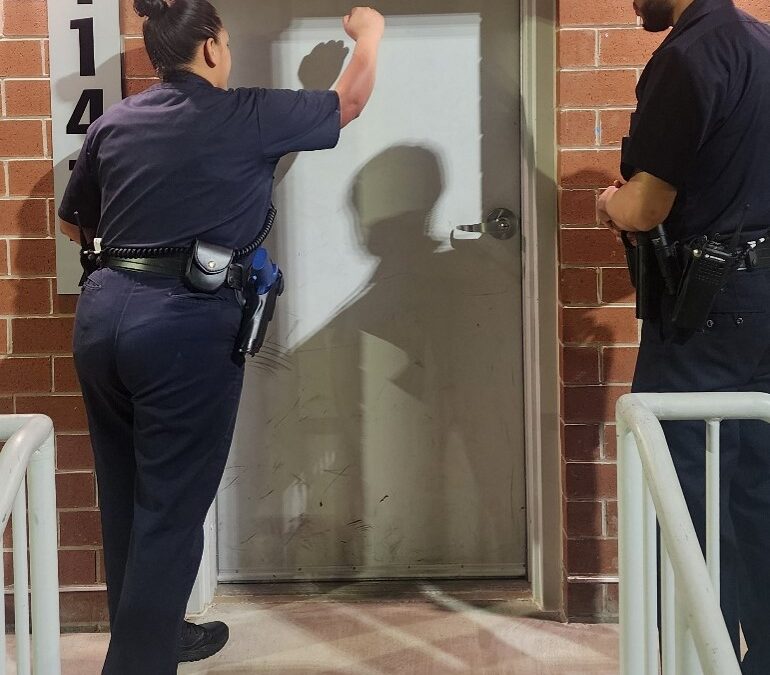
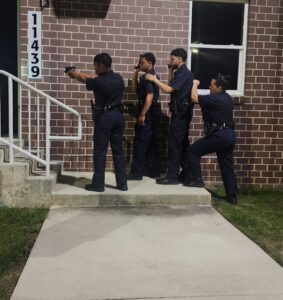


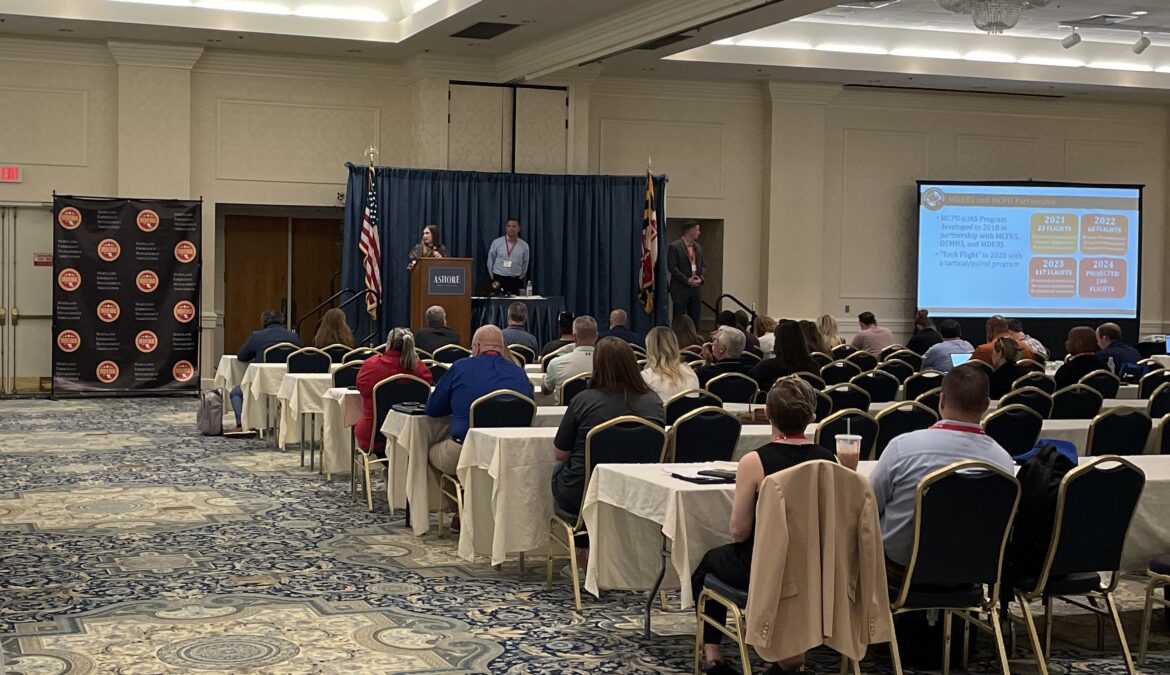
 This program prepositions sUAS platforms, commonly known as drones, to provide rapid situational assessments to emergency calls in Silver Spring. The presenters highlighted the program’s achievements in tracking suspects involved in various crimes and outlined the financial costs, operational logistics, data collection, and transparency efforts required for sustaining the program. Due to its success, MCPD plans to expand the DFR program to several other locations in the county.
This program prepositions sUAS platforms, commonly known as drones, to provide rapid situational assessments to emergency calls in Silver Spring. The presenters highlighted the program’s achievements in tracking suspects involved in various crimes and outlined the financial costs, operational logistics, data collection, and transparency efforts required for sustaining the program. Due to its success, MCPD plans to expand the DFR program to several other locations in the county.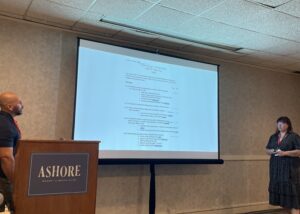



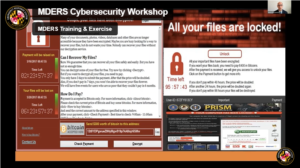 Health and Homeland Security (CHHS) and Montgomery County Office of Emergency Management and Homeland Security (OEMHS). This workshop allowed stakeholders to learn effective organizational preparedness and response capabilities, which could be applied to their agencies. In addition, MDERS continues to offer training opportunities providing its stakeholders with cutting-edge techniques to help protect their agency.
Health and Homeland Security (CHHS) and Montgomery County Office of Emergency Management and Homeland Security (OEMHS). This workshop allowed stakeholders to learn effective organizational preparedness and response capabilities, which could be applied to their agencies. In addition, MDERS continues to offer training opportunities providing its stakeholders with cutting-edge techniques to help protect their agency. MDERS has facilitated tabletop exercises and a full-scale active assailant exercise at Prince George’s County Police Department (PGPD) Training Facility and Firing Range. Additionally, MDERS worked with Prince George’s County Police Department and Montgomery County Police Department (MCPD) Special Operations Division’s (SOD) leadership to create a tabletop series to ensure a cohesive response in an interdisciplinary multi-jurisdictional incident.
MDERS has facilitated tabletop exercises and a full-scale active assailant exercise at Prince George’s County Police Department (PGPD) Training Facility and Firing Range. Additionally, MDERS worked with Prince George’s County Police Department and Montgomery County Police Department (MCPD) Special Operations Division’s (SOD) leadership to create a tabletop series to ensure a cohesive response in an interdisciplinary multi-jurisdictional incident.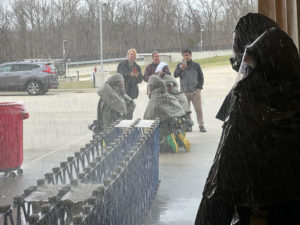 use for specific response operations. Decontamination shelters can be rapidly deployed in any location and easily stored away. Stakeholders may use decontamination shelters to establish incident command posts, support field triage, and other public safety response operations.
use for specific response operations. Decontamination shelters can be rapidly deployed in any location and easily stored away. Stakeholders may use decontamination shelters to establish incident command posts, support field triage, and other public safety response operations.
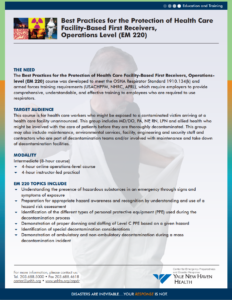 With the support of MDERS, hospital stakeholders have online access to the following courses:
With the support of MDERS, hospital stakeholders have online access to the following courses: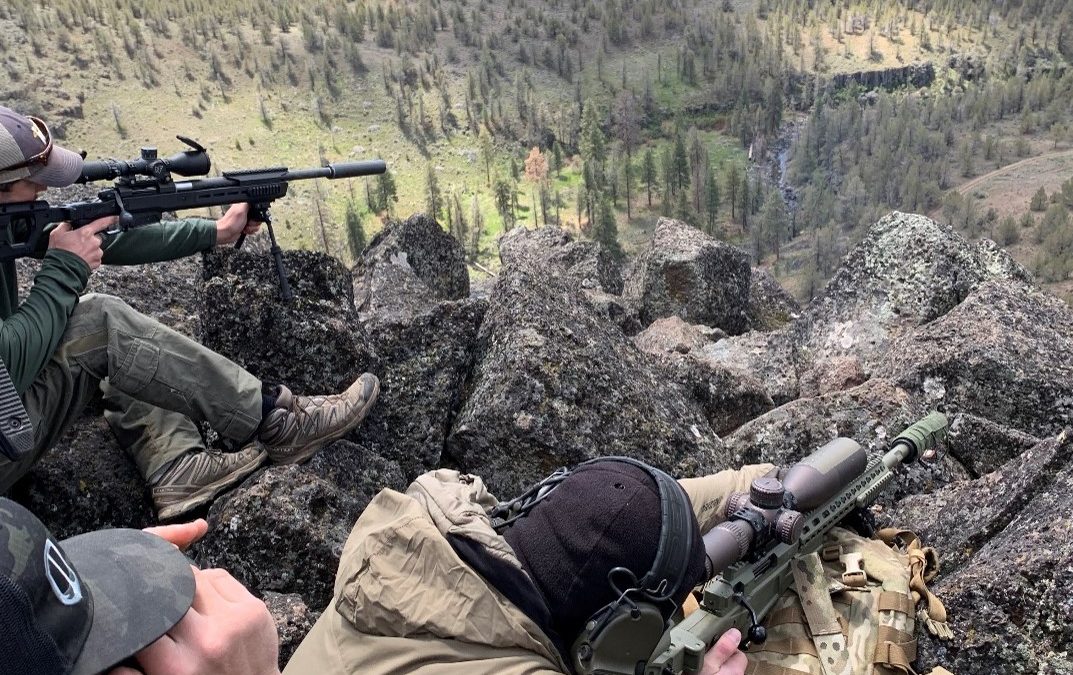
 The Montgomery County Police Department (MCPD) upholds a mission to equip, prepare, and bolster the response capabilities of their Sniper Response Team to provide enhanced public safety and security at national special security events, as well as respond to active-threat incidents in Montgomery County and the National Capital Region. The Sniper Response Team is additionally tasked with reinforcing the response activities of law enforcement officers, including conducting surveillance to share intelligence with responding agencies on the ground. To accomplish this mission, the MCPD Sniper Response Team requires specialized tools, tactics, and capabilities.
The Montgomery County Police Department (MCPD) upholds a mission to equip, prepare, and bolster the response capabilities of their Sniper Response Team to provide enhanced public safety and security at national special security events, as well as respond to active-threat incidents in Montgomery County and the National Capital Region. The Sniper Response Team is additionally tasked with reinforcing the response activities of law enforcement officers, including conducting surveillance to share intelligence with responding agencies on the ground. To accomplish this mission, the MCPD Sniper Response Team requires specialized tools, tactics, and capabilities.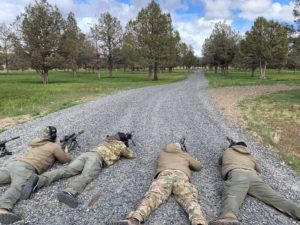 At the conclusion of the sniper training, participants provided the following feedback:
At the conclusion of the sniper training, participants provided the following feedback: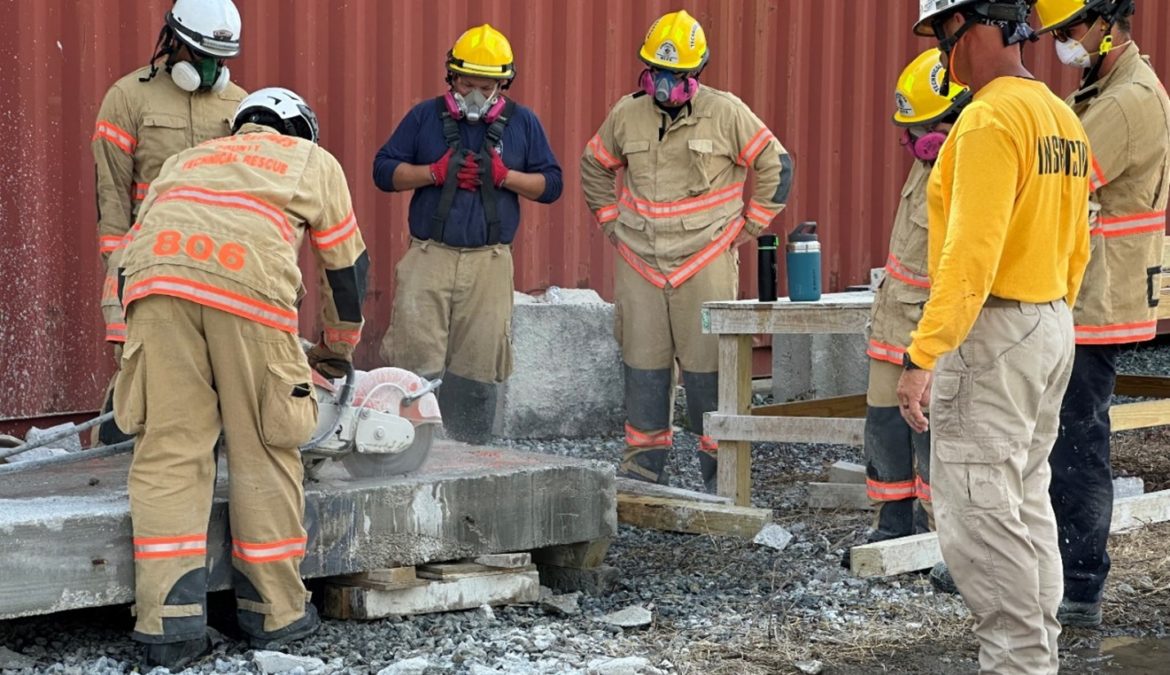
 To support this priority, MDERS sponsored personnel from MCFRS and PGFD to participate in a structural collapse specialist course in September 2022. This course trains personnel on the critical duties and activities as outlined in their position task books and is a requirement for any individual participating in structural collapse response. This training program, hosted at the Montgomery County Public Safety Training Academy, began with eight hours of computer-based training (CBT), followed by 80 hours of hands-on training. The specialized techniques learned and practiced that are necessary to perform rescues at structural collapse incidents included:
To support this priority, MDERS sponsored personnel from MCFRS and PGFD to participate in a structural collapse specialist course in September 2022. This course trains personnel on the critical duties and activities as outlined in their position task books and is a requirement for any individual participating in structural collapse response. This training program, hosted at the Montgomery County Public Safety Training Academy, began with eight hours of computer-based training (CBT), followed by 80 hours of hands-on training. The specialized techniques learned and practiced that are necessary to perform rescues at structural collapse incidents included: With the completion of this course, MCFRS and PGFD further increase their cadre of certified structural collapse specialists, ensuring each department’s ability to deploy a fully staffed response team of 13 individuals on scene of a collapse event within 40 minutes. Additionally, by jointly training across both departments, MCFRS and PGFD can deploy fully interoperable mutual aid within 90 minutes of a large collapse event.
With the completion of this course, MCFRS and PGFD further increase their cadre of certified structural collapse specialists, ensuring each department’s ability to deploy a fully staffed response team of 13 individuals on scene of a collapse event within 40 minutes. Additionally, by jointly training across both departments, MCFRS and PGFD can deploy fully interoperable mutual aid within 90 minutes of a large collapse event.
 The Understanding UAS Maintenance course engaged students in classroom discussion and hands-on instruction to develop the knowledge, skills, and abilities to implement in-house maintenance programs for UAS vehicles. Students attending the course gained a functional understanding of the component parts and software programming used to operate unmanned aircrafts, as well as soldering techniques to repair wire and electronic components on tactical and training aircraft. Upon completion of the course, Maryland-National Capital Region stakeholders enhanced their understanding of diagnosing and troubleshooting maintenance issues associated with sUAS. Students can further apply this knowledge as public safety agencies in both Prince George’s and Montgomery Counties continue to develop their internal maintenance policies and procedures.
The Understanding UAS Maintenance course engaged students in classroom discussion and hands-on instruction to develop the knowledge, skills, and abilities to implement in-house maintenance programs for UAS vehicles. Students attending the course gained a functional understanding of the component parts and software programming used to operate unmanned aircrafts, as well as soldering techniques to repair wire and electronic components on tactical and training aircraft. Upon completion of the course, Maryland-National Capital Region stakeholders enhanced their understanding of diagnosing and troubleshooting maintenance issues associated with sUAS. Students can further apply this knowledge as public safety agencies in both Prince George’s and Montgomery Counties continue to develop their internal maintenance policies and procedures.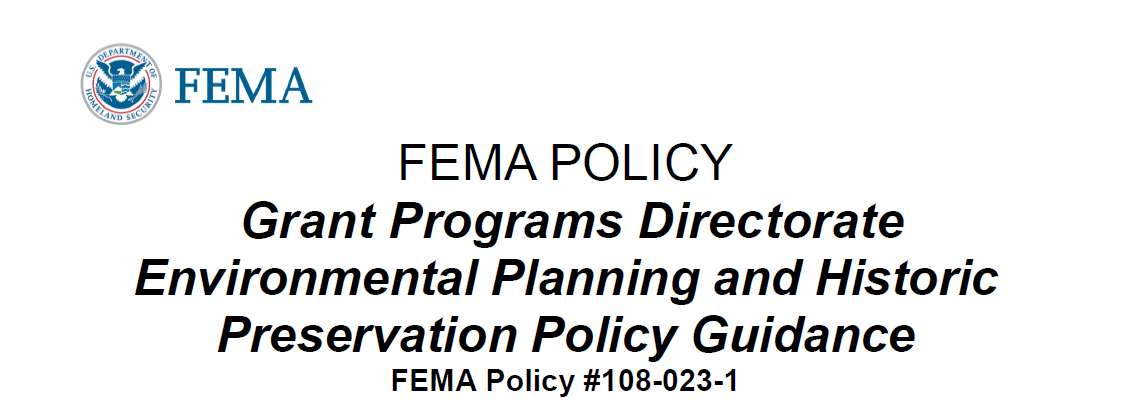
 To better meet the needs of its stakeholders, MDERS developed an EHP checklist for the PATC program. This checklist not only provided all the necessary information to FEMA, but also served as a resource to stakeholders to refer back to for the ultimate installation of the PATC cabinets.
To better meet the needs of its stakeholders, MDERS developed an EHP checklist for the PATC program. This checklist not only provided all the necessary information to FEMA, but also served as a resource to stakeholders to refer back to for the ultimate installation of the PATC cabinets.